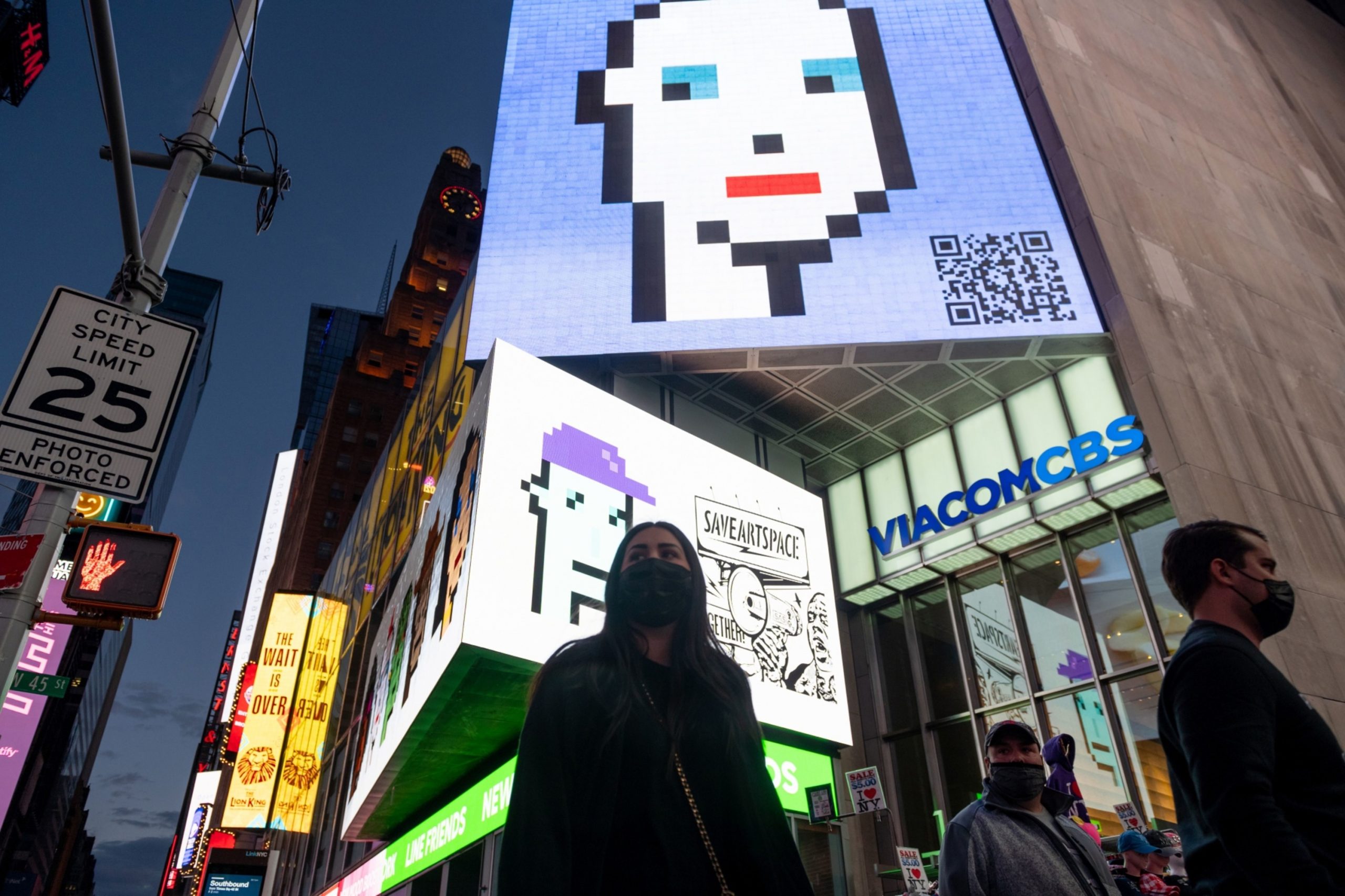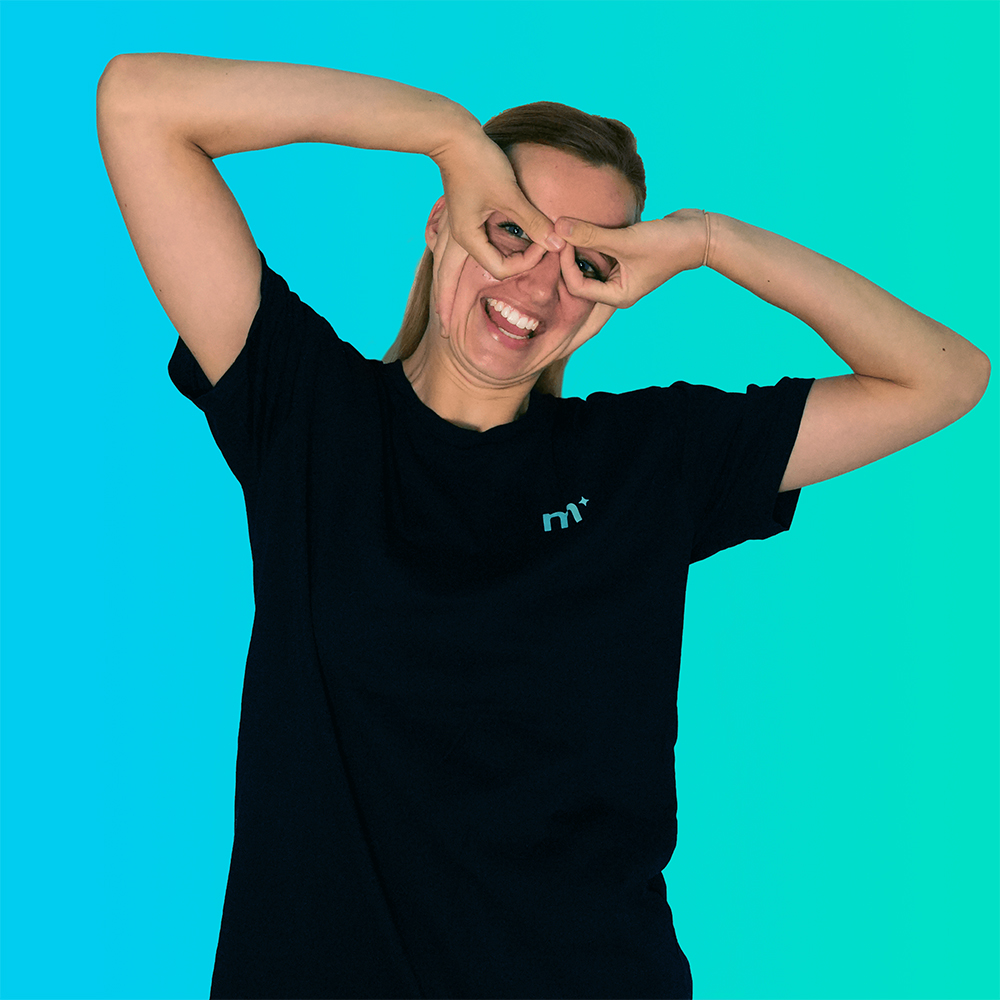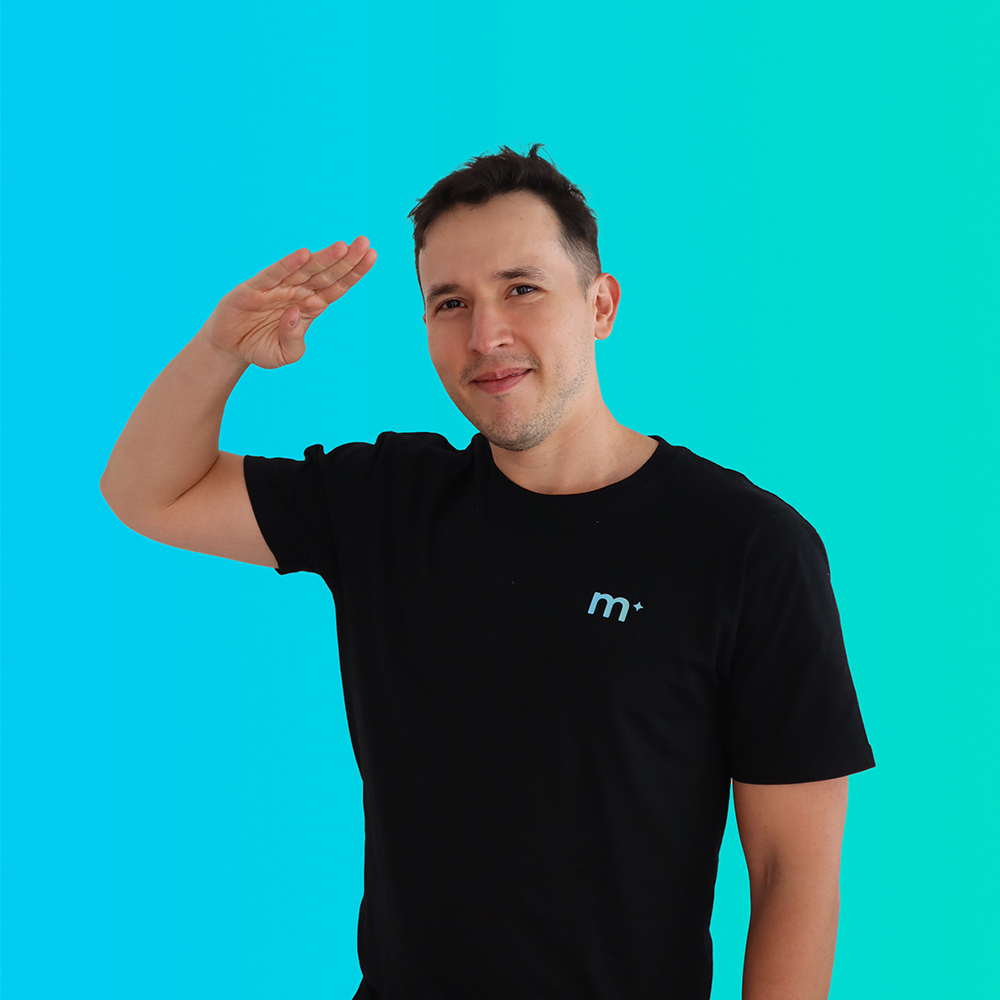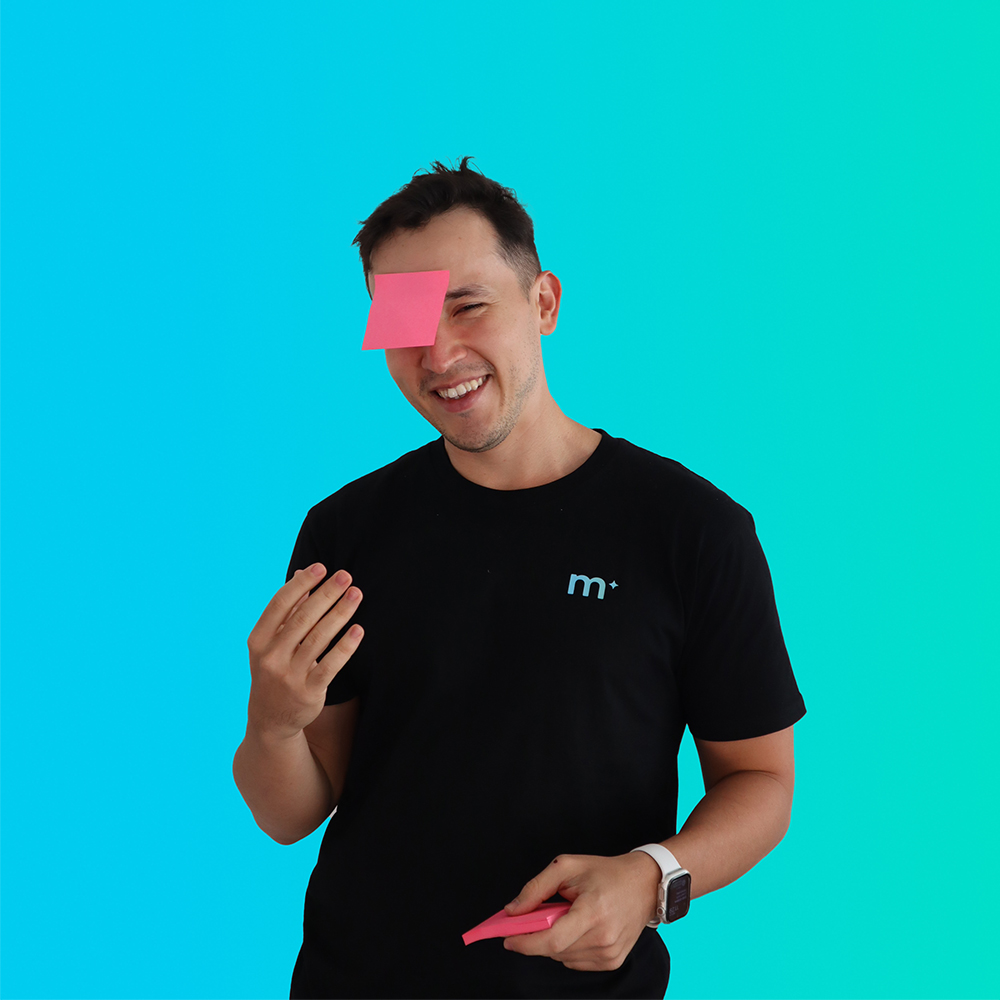This short NFT marketing guide focuses on how to create and market NFTs, its a killer guide if you want to learn the basic concept of starting an NFT project.
NFTs are exploding everywhere around the world, becoming one of the biggest trends in the last couple of years since 2020. That is why NFT marketing is an important topic to cover if you are interested in taking part in this industry.
NFTs are not going away anytime soon and it is anticipated that they will be a huge part of the decentralized eco-system everyone has been talking about (Web 3.0).
This short guide focuses on how to create and market NFTs and by the end of it you will have the basic concept of an NFT and how you can get started. If you are a content creator, youtuber, artist, designer or developer this article is highly likely to provide great value to you. Especially if you are looking to attract more eye balls on your content and finding other ways to monetize it.
What are NFTs?
Almost anything digital can be an NFT. A non-fungible token (NFT) is a non-interchangeable unit of data that is one of a kind and cannot be replaced, copied or manipulated. Similar to a bitcoin block and like many other cryptocurrencies built on blockchain, NFT works in a similar way. However, an NFT doesn’t represent a crypto coin, it represents ownership of a digital file or physical asset.
An NFT can act as a certificate of ownership for virtual or physical assets like photos, identity documents, licenses, videos, songs, home ownership etc. Each NFT represents a one-of-a-kind cryptographic item that cannot be interchanged with another, stored in a digital ledger within a blockchain.
What are the best use cases for NFTs
Most NFTs are used to commodify digital art by giving their creators the ability to claim ownership in a ledger within a blockchain. However, the use case for NFTs extends far beyond certifying art. Here are the best use cases that have been discussed lately.
Verification of identity – A large portion of verification requires paper work such as your driver’s license, passport, birth certificate, membership card and many other types of ID documents. NFTs can improve the existing paper dependent system by recording these documents digitally, which will provide easier access, trust and remote access on a mobile device or computer.
Record keeping of property/assets – NFTs can be used to verify ownership over assets like houses, bonds, stocks and commodities. The main difference between NFTs and the existing system is that you no longer need a broker or mortgage lender to keep record of your ownership. You can become the holder of these assets using NFTs, which fundamentally removes the need of a middle man in many applications.
Academic credentials – forget about fancy degree certificates that need to be scanned or reprinted if damaged or lost. With NFTs your academic records can be stored on a blockchain forever, and accessible every time you need to use them. This use case will also help flag owners of fake certificates and credentials.
Authentic product purchases and limited addition – NFTs can be used to authenticate a purchase from a luxuries brand or demonstrating you have purchased a limited addition item. Similar to the academic credential use case, fraud and fake products will be easier to identify meaning authentic brands can provide a safer environment for their dear customers.
The Complete NFT Marketing Guide, how to create NFTs?
NFTs are actually really easy to create as of 2022 and there are essentially 6 general steps you need to follow. You do not require any complicated coding skills or a team of developers, several platforms exist that allow you to quickly create (mint) NFTs on their blockchain. The platform you chose really depends on what NFT you want to mint, most of them support digital arts, and several support game art, photography, music etc. We provide more details on different NFT platforms below.
6 Steps to Creating NFTs
1 – Chose you digital asset
Choose what sort of digital content you would like to sell or trade as an NFT. It could be your paintings, pictures, digital illustrations, music, memes, documents etc..
2 – Chose a Blockchain
Choose the blockchain to mint your NFT on, this is essentially where your digital asset is recorded as an authentic copy in the chosen blockchain ledger. The NFT itself (which is simply a token or a code) can be stored in a crypto wallet and the content of the NFT (your digital asset) is saved on the web through a file sharing system. The NFT holder typically is the only one who can access the digital asset.
Most popular Blockchain for NFTs is Ethereum (Crypto: ETH) but there are other popular options like Polkadot, Solana and Avalanche. Usually, you pick the blockchain on the actual market place at the same time you mint your NFT.
3 – Select your NFT market place
The market places available for NFTs is constantly growing, without getting confused we recommend to start with OpenSea (link). This marketplace is by far the biggest and support different NFT types such as art, music photography collectibles, sports, virtual worlds and more. OpenSea has an easy sign-up process taking about 5-10 minutes to set up an NFT account.
Here are some marketplaces we recommend including what type of NFTs they support –
Open Sea – the most established NFT market place (Supports – Art, music, photography, collectibles, sports, virtual worlds, and more)
Rarible – great for media and sports collectables (Supports – art, photography, games)
Binance – One of the largest and upcoming market places for NFT (Supports – many sorts of NFTs, basically anything digital)
SuperRare – NFT marketplace (Supports – digital art)
4 – Open a digital wallet
Open a digital crypto wallet that is compatible with the NFT market place you have chosen. This wallet will store all your NFTs so make sure you remember the login credentials and never share your seed phrase (12 word phrase).
5 – Upload your digital files
You are finally ready to create an NFT! Follow the NFT minting process after opening an account on your chosen market place. This process is usually straight forward, but if you get stuck surely there are plenty of YouTube videos that can help you. Usually, no coding or technical skills are required.
6 – Set up the sales process
The last step after minting your NFT is to decide how you will monetize it. There are several options like setting a fix price, giving it for free or creating an auction. Whatever you do ensure you take into account all the associated fees with minting your NFT, transferring money when it is purchase and whatever other fees apply. This information is available if you do a little research into the NFT platform you are using.
Where can I trade NFTs?
As discussed previously you can trade NFTs on different market places such as OpenSea and Rarible, however you can also trade NFTs off market and send it directly to another wallet address. When trading off market ensure you are trading with a trustworthy person/entity, as it may be difficult to recover any transactions.
How can I Market NFTs?
Surprisingly, marketing your NFTs is not that different from marketing a physical product or service. You can’t expect to mint your NFTs and boom, millions of hungry customers rushing to buy your art for thousands of dollars. Doesn’t work that way at all, but the good news is NFT demand is continuously growing, so it’s not too late.
Just like any other physical product or service the value of NFTs is based on demand and popularity. But more importantly, you must know your target market and who will buy your NFTs in the first place. We consolidated our NFT marketing knowledge to 5 powerful tips listed below. We also recommend our article covering online marketing course which includes a few links to free beginner courses to help you hit the ground running.
You can be an amazing content creator, but without great marketing no one will ever now you existed…
5 Powerful Marketing Tips
Tip 1 – Establish your target market
Before you set up an NFT account and come up with the art you want to sell, think of your target audience. Who is going to buy your NFTs? Why will they buy your NFTs? What are their hobbies? What do they do for a living? Where are they hanging out online?
These are only some of the questions you need to ask in order to build an NFT collection. You must tailor it to a specific target audience. Maybe you already have fans for your art work, which is a huge advantage because you already have access to information about your target market. Don’t be shy to ask your existing audience questions about why they like your work, they would typically be happy to help you.
Here are some additional questions to help you build your target audience:
What sort of videos/art/music/games are your target audience interested in?
Is your target audience fans of famous people or groups?
Where are your audience living?
What is the main reason your audience will purchase your NFTs?
Does your target audience hang out in online or physical communities?
Tip 2 – Create a digital asset built for your target market
Once you establish your target audience persona, its time to think about which digital assets they are more likely to invest in. Think about what ticks the box for them, does the NFT content need to be related to something they like? Should you create NFTs based on your existing content and fans?
Keep your audience front of mind and design NFTs that they will appreciate and value.
Tip 3 – Learn about marketing and skill up
Marketing is a very broad profession and there is so much to learn about it. If you develop your marketing skills it will significantly impact your success as an NFT creator. Marketing online is constantly evolving so make sure you keep up to date with different strategies and tools to help you stay in front of the pack.
Be sure to check out the article about online marketing courses and sign up to our exclusive community to receive educational material that we frequently release about business growth and marketing.
Tip 4 – leverage the power of influencers
Gym shark brand is an amazing success story thanks to influencers, it was the first brand to really leverage this amazing marketing strategy. If you have influencer friends make sure you leverage this incredible power. But if you don’t, try connecting with them anyway by giving value and helping them with their own mission.
Creating a mutualistic relationship is the name of the game, and some influencers would appreciate what you have to offer them. It’s all a matter of putting out your hand first without the expectation of getting anything in return. We recommend you start small with influencers who are not well established yet.
Tip 5 – build a community
Building a community around your NFT project will help you grow significantly faster and build long lasting relationships. Provide your audience value and they will support you, be your advocates and best customers.
Best way to start is to become part of a community yourself and see what people are chatting about and what keeps them engaged. Also take note of how the leader/s of the community are interacting within the group. Once you get some experience you can start your own community. We recommend Discord and Veefriends for building NFT communities but there are plenty of other platforms. Make sure the platform you chose is the one typically used by your target audience.
NFT success stories
Beeple is one of the first artists to make a killing in the NFT space. His art is controversial, provocative and emotional. One of his art works sold at an auction for an astounding $69 million. He has so far sold over 900 pieces averaging at $140,000 each.
Trevor Jones uses a unique mixture of oil painting and digital affects in his creations. He sold more than 5000 artworks averaging $3,500 each, Jones is a big player in the NFT community and collaborated with some big names in this growing industry. His most valuable piece “Genesis” sold for $200,000.
Fewocious has one of the largest communities in the NFT space with more than 50,000 followers across Instagram and Twitter, this 18-year old artist loves vivid colours and showing of his authentic personality. He sold just over 3000 NFT pieces, averaging at roughly $6,000 each.
PAK: PAK is an anonymous NFT artist that never revealed his true identity. With over 1,600 artworks sold, averaging at $10,000 each, the artist is recognized by some of the biggest tech names in the world, most notably Elon Musk. PAK’s most expensive piece “Metarift” sold for an impressive $900,000.
Mad Dog Jones is an NFT artist that combines music and art with a futuristic twist. It also appears purple and orange are his favorite colours. Mad Dog Jones has sold over 1,500 artworks, averaging at $9,000 apiece. His highest-selling piece, “Boardwalk,” sold for $388,888.
SlimeSunday: SlimeSunday’s exploration of bizarre sexual and erotic topics has earned him more than 500,000 followers on Instagram. To date, he’s sold a total of 6500+ NFT artworks.
























































